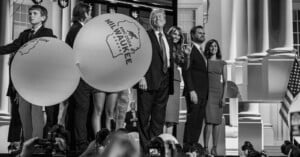
Photographing the 2024 Republican National Convention
I have been covering the American Political Convention since 2004 and it’s hard for me to believe that it has been 20 years since I photographed my first RNC in New York City.

I have been covering the American Political Convention since 2004 and it’s hard for me to believe that it has been 20 years since I photographed my first RNC in New York City.
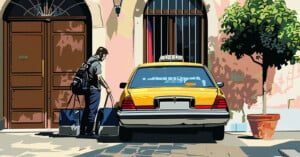
For ten harrowing minutes, I lost everything in Italy. My beloved backpack of gear was gone.
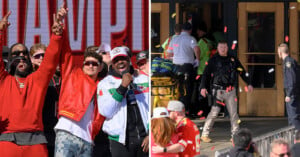
While I photograph the Kansas City Chiefs' home games during the season, I don’t go along if they make the playoffs or Super Bowl. But that doesn’t mean I’m finished doing assignments involving them. This year, for instance, I was hired to cover their departure from Kansas City to Las Vegas, then the big downtown watch party the night of the game, and finally the victory parade and celebration that went from ecstatic to horrific.
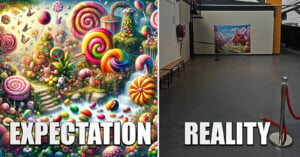
An event organizer used a set of fantastical AI images to promote a Willy Wonka-inspired experience but families were left disappointed when expectations did not meet reality.
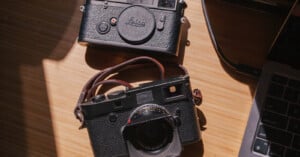
Film prices have been on the rise, it’s no secret. For some, the prices they are reaching can still be seen as justifiable. But for many others, it isn’t always that simple.

We’ve all heard the horror stories of wedding photographers having their cameras stolen only to lose all of their couples’ photos, the photographer whose car was broken into after leaving their camera gear inside, only to lose important photos in the case, etc. You never think it’s going to happen until it happens to you.
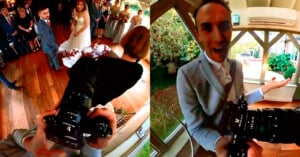
Being a wedding photographer for me is one of the best, if not the best, jobs in the world. As expected though, the best job in the world also has its negatives, and one of them is the reoccurring nightmares the night before a wedding day.
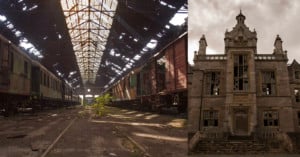
As I crept around a massive abandoned World War II-era train yard, I realized the Eastern European security guards had dogs with them.
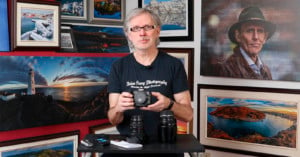
I’ve been a Canon shooter since I moved into digital about 15 years ago. I had been using Mamiya and Minolta cameras with film and at that time the Canon 50D came out and I decided to give it a go. Since then I worked my way through the 5D lineup to the 5D Mark III and built up a collection of glass that has served me well.
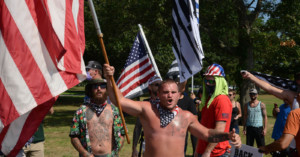
There's only so many times people can threaten to kill you before you start to wonder if they might be serious.
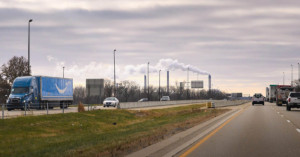
Landscape photography at 70 mph. Is it even possible? For years the idea of landscape photography was to put your camera on a tripod, frame very carefully, then wait for the light to be perfect before you shot. But what if you had to do everything in exactly the opposite way?
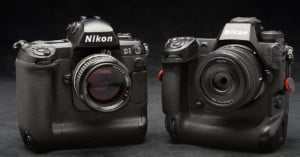
When I received my Nikon Z9 in late December 2021, I was a bit anxious. Would it live up to the hype? Was it going to be the camera that Nikon had promised (and many Nikon users had been waiting for)?
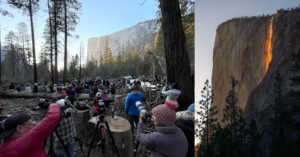
As a landscape photographer attracted by rare and spectacular natural events like active volcanoes, eclipses, or solar storms, the Yosemite Firefall has been on my photography bucket list since a long time ago.
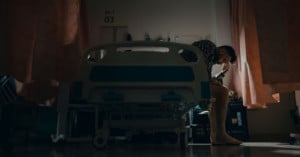
A photographer has documented his experience of testing positive for COVID-19 in Hong Kong and then being locked for over two weeks in the city's "COVID jail" thanks to some of the strictest isolation protocols in the world.
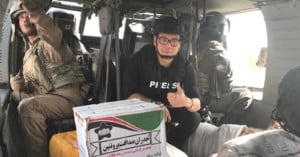
Foreign correspondent and photographer for the Los Angeles Times, Marcus Yam, has covered events in Afghanistan since 2017, including the political disruption of the last few months when the Taliban took control of the country.
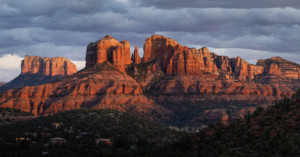
So you’ve gotten pretty good at photography. Now what? If you’re like a lot of people, the idea of turning this creative outlet into a career might sound like an enticing next step. Many of us struggle with how to get started though.
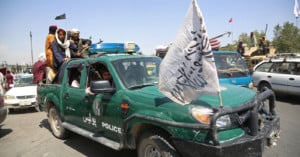
Los Angeles Times photojournalist Marcus Yam was documenting the events in Kabul, Afghanistan, yesterday when he had the crazy experience of being beaten by the Taliban, detained, and then offered an energy drink.
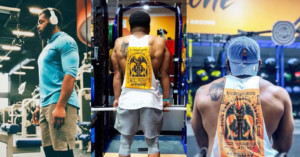
The year was 2019, I had just gotten accepted into the USA Olympic Weightlifting program and had accepted a personal training position at a gym. As a former athlete, it felt as if all my dreams were finally falling into place. Little did I know that my euphoria would be short-lived and just one short month later I would wake up restrained to a hospital bed.
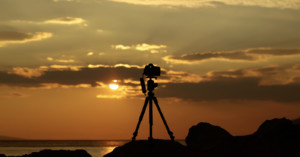
Photographers have always endured an internal debate about the relative importance of learning either technical or artistic aspects. Most lean toward the technical, feeling they have a handle on the artistic side but lack the technical proficiency or expertise to produce really good photographs.
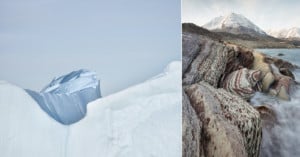
I have an irrational fear of ships based on 90-minute voyages on car ferries across the relative calm of the English Channel and yet I was sitting with my wife, Fre, listening to Tony Spencer trying to convince us that we should join him on “the adventure of a lifetime,” the fulfilment of a dream that Tony had been working on for three years.
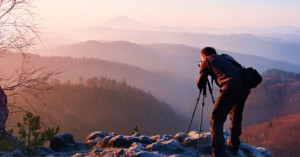
My name is Jordan McChesney, and I'm a photographer based in Japan. Let me start by saying that I am not a professional photographer, and I’m well aware that my movement towards success is an ongoing process that is (hopefully) in the early stages of even bigger things to come. That being said, I think it’s a good idea to reflect on my last year or so of growth.
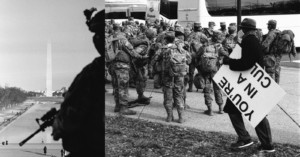
While on assignment in Washington, D.C. in late January earlier this year, I had to think very carefully about the situation I was documenting. The events around the Inauguration of Joe Biden had swung the global spotlight around, and I knew that there would be scrutiny of any historical artifact that was produced in this space at this time.
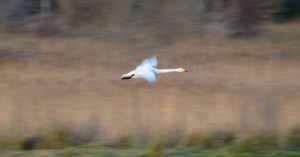
A winter wetland has always held a special place in my heart. A unique wildness derived from the winter wildfowl that visit from the remote Arctic landscapes, birds of prey drawn to harry prey during the short, cold days – the nervousness of wildfowl feeding anxiously – ready to take flight as a menacing shadow passes overhead.
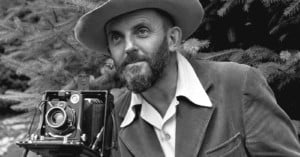
In the 1970s, I was seriously pursuing my hobby of black and white landscape photography with a 4x5 view camera. My prints were being sold by the Image Gallery in Palo Alto and the Focus Gallery in San Francisco and by me at occasional street fairs. Selling prints never generated much money, but I appreciated the acknowledgment of my work.
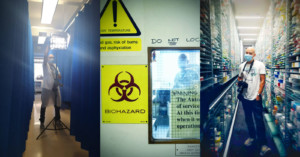
I first came to the hospital back in June, having decided that the stories and experiences of the front line staff shouldn’t be forgotten. We’d all seen inside the Italian hospitals, but when the virus hit the UK, there was nothing coming out of the UK, so I made it my mission to gain access and document the life and death struggles going on behind closed doors.
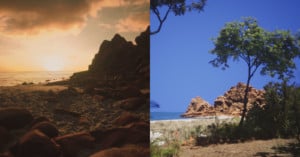
Australian indie game developer Matt Newell has released a new free Steam game called Castle Rock Beach, West Australia. It allows you to freely explore a realistic recreation of Australia's southwest coast with a camera.
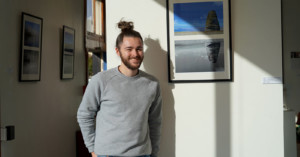
I originally moved from the UK to New Zealand in search of a place that allows me to spread my artistic wings and really obtain that deeper level of natural landscape beauty. I ended up in Wellington, the national and artistic capital of NZ, where everything and anything goes.
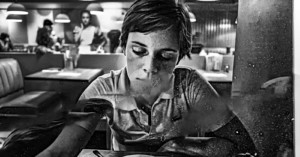
I’ve got a lot of 35mm negatives, which have suffered quite a bit of damage over the years. My ex had a penchant for purchasing houses that were prone to basement flooding. So my pix got flooded out precisely the same way in two different locations two years apart. Seeing my negatives go floating by gave me a feeling, which was the exact polar opposite of seeing my sons being born. Twice.
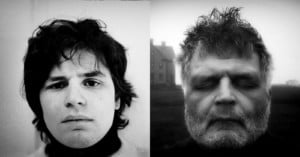
Crap. I’m only going to get 19 years? WTF? I am standing with my fingers knitted together, resting on the top of my head. A few feet away, there is a gun pointed at my face, and I’m trying like I’ve never tried anything to not pee on myself.
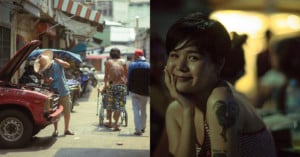
The image above was shot in one of the old town lanes around Pom Prap in Bangkok in October 2019 using a Nikon F3 analog SLR camera loaded with Kodak Ektar 100 expired film roll.